Ear infections are often thought of as a childhood issue, but many adults are affected too—especially those with compromised immune systems or a history of inflammation. In fact, about 20% of adults experience some form of ear infection. The key to avoiding complications is knowing how to recognize the early signs and getting timely treatment. Here are six symptoms that could signal an ear infection, plus easy tips to help prevent it.
1. Persistent Ear Pain or Discomfort

One of the earliest signs of an ear infection is pain, which may feel dull, sharp, or throbbing. This discomfort often intensifies when you pull on your earlobe or gently press on the tragus, the small flap of cartilage at the entrance to the ear canal. Some people also describe a feeling of fullness or pressure in the ear, which can spread to the jaw, neck, or side of the head as the infection worsens.
Video: Ear infection in adults: symptoms, treatment and pain relief
2. Redness in and Around the Ear
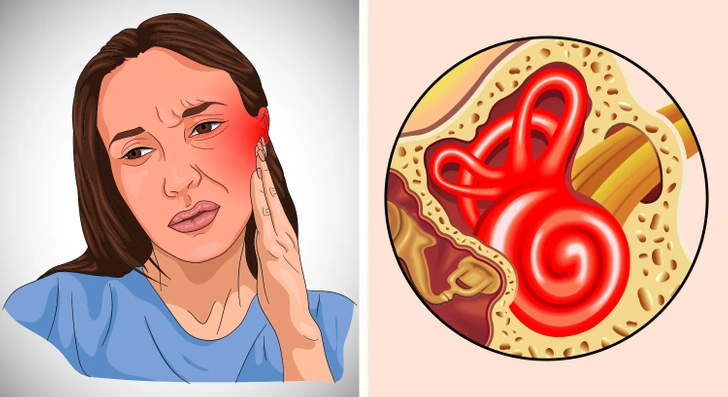
Redness often begins inside the ear canal, especially near the source of irritation. As the infection progresses, the inflammation can become more visible around the outer ear as well. If the ear feels warm to the touch and is visibly red, it’s a clear sign that something is wrong.
3. Itchy Sensation Inside the Ear
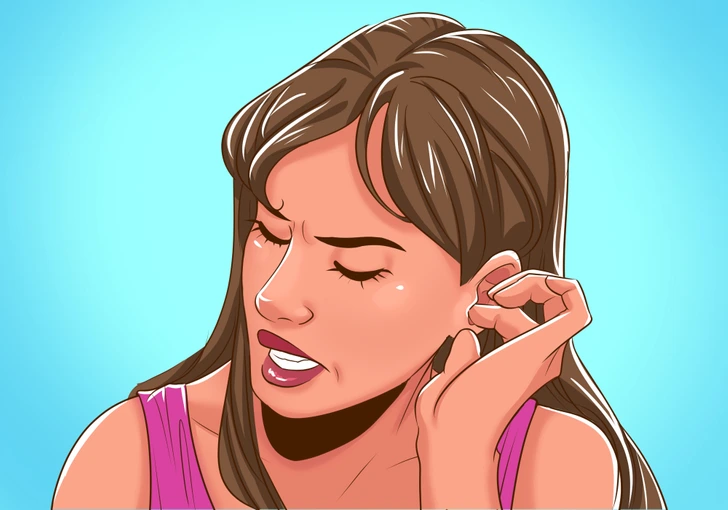
An itchy ear canal may not seem like a big deal at first, but persistent itching can indicate the early stages of an infection. This sensation may be caused by bacteria or fungi, and scratching can make it worse. If the itching continues or intensifies, it’s best to have it checked out.
4. Fluid Draining from the Ear
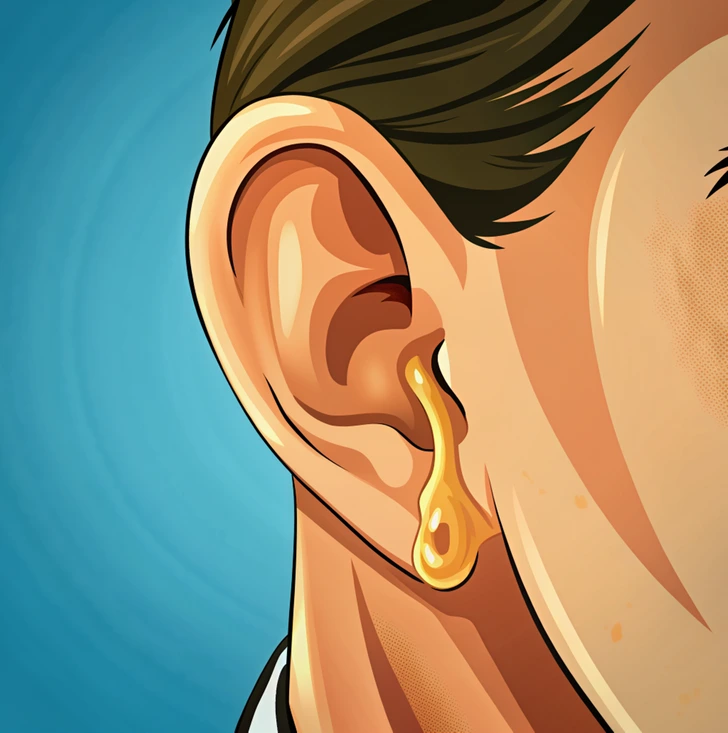
A noticeable symptom of an ear infection is fluid drainage. This discharge is usually clear and odorless at first, but it may become cloudy, yellowish, or even bloody over time. The presence of discharge means your body is trying to fight off an infection, and if the fluid starts to smell or increases in volume, it’s time to see a doctor.
5. Swollen Lymph Nodes in the Neck

If left untreated, an ear infection can cause nearby lymph nodes—especially those around the jaw and neck—to swell. These swollen nodes can become tender and may be accompanied by fever. The infection can also completely block the ear canal, adding pressure and intensifying the pain.
6. Hearing Changes or Ringing in the Ears
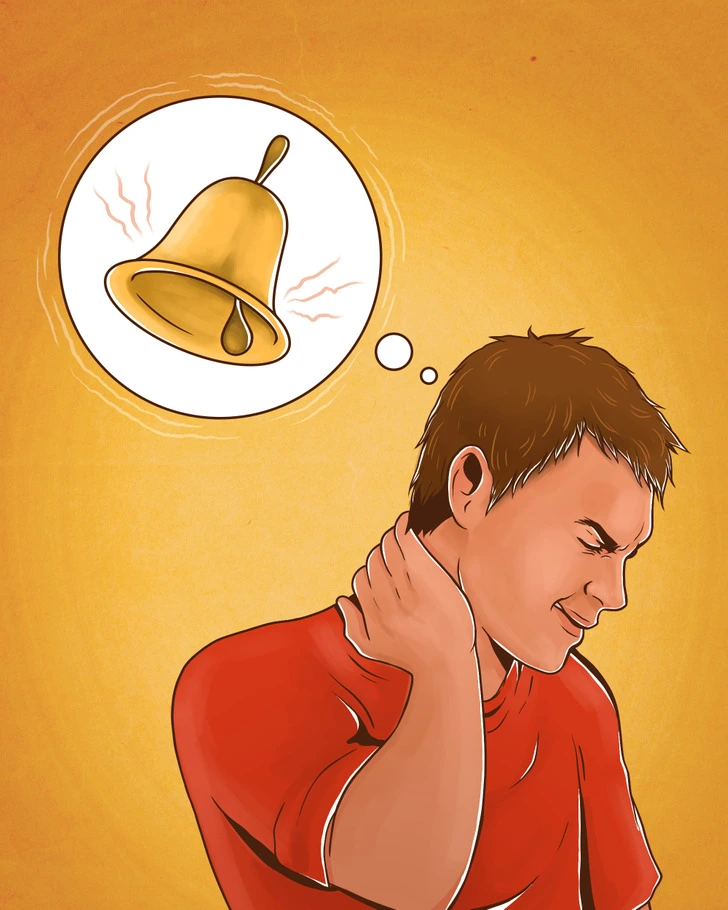
When fluid builds up behind the eardrum, it can affect how well you hear. You might notice muffled sounds, difficulty hearing conversations, or a persistent ringing or buzzing known as tinnitus. While these symptoms might be minor at first, they can become more noticeable if the infection isn’t treated.
Simple Prevention Tips to Protect Your Ears
Avoiding ear infections starts with good habits. Here are a few simple ways to keep your ears clean, dry, and infection-free.
Skip the Cotton Swabs and Foreign Objects
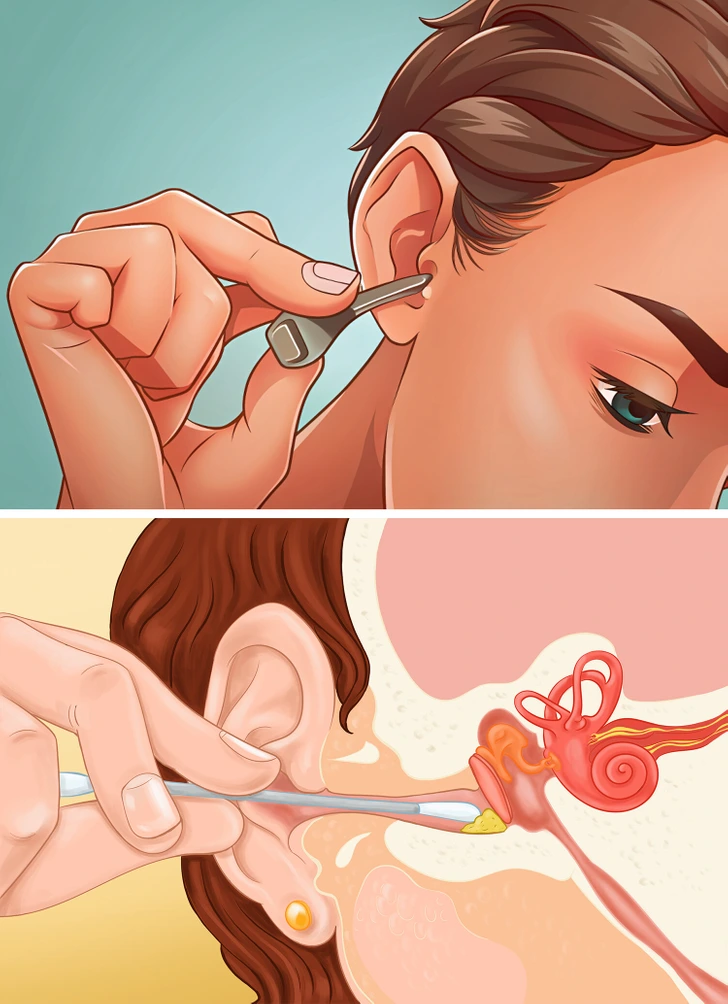
Many people use cotton swabs to clean their ears, but this can actually push wax deeper into the canal and cause blockages or irritation. Using items like hairpins or paper clips to scratch an itch can damage the skin and introduce bacteria. Stick to gentle external cleaning, and if you think your ears are too waxy, let a healthcare provider handle it.
Dry Your Ears After Swimming or Showering

Water left in the ear canal can promote bacterial growth. After swimming or showering, tilt your head to let the water drain naturally. Pull your earlobe in different directions to help the process. If your ears still feel wet, use a hairdryer on a low setting, held several inches away, to gently dry them.
Use Earplugs or a Swim Cap for Protection

If you’re someone who swims regularly or has a history of ear infections, consider using waterproof earplugs or a snug-fitting swim cap. These can prevent water from entering the ear canal. If you’re unsure what’s best for your ears, talk to a doctor about customized options that suit your needs.
When to See a Doctor
If symptoms linger for more than a few days or seem to worsen—especially if accompanied by fever, swelling, or fluid drainage—it’s time to seek medical advice. Early treatment with antibiotics or antifungal drops can stop the infection before it becomes more serious. Don’t ignore persistent pain or hearing changes; these signs are your body’s way of asking for help.
Final Thoughts
Video: How To Spot Symptoms Of An Ear Infection
Ear infections can be uncomfortable, but they’re highly treatable when caught early. Understanding the symptoms and taking proactive steps to protect your ears can make a big difference. Whether it’s avoiding unnecessary tools, keeping your ears dry, or recognizing when something doesn’t feel right, a little care goes a long way. Staying in tune with your body is one of the best ways to maintain your overall health, and your ears deserve just as much attention as any other part of you